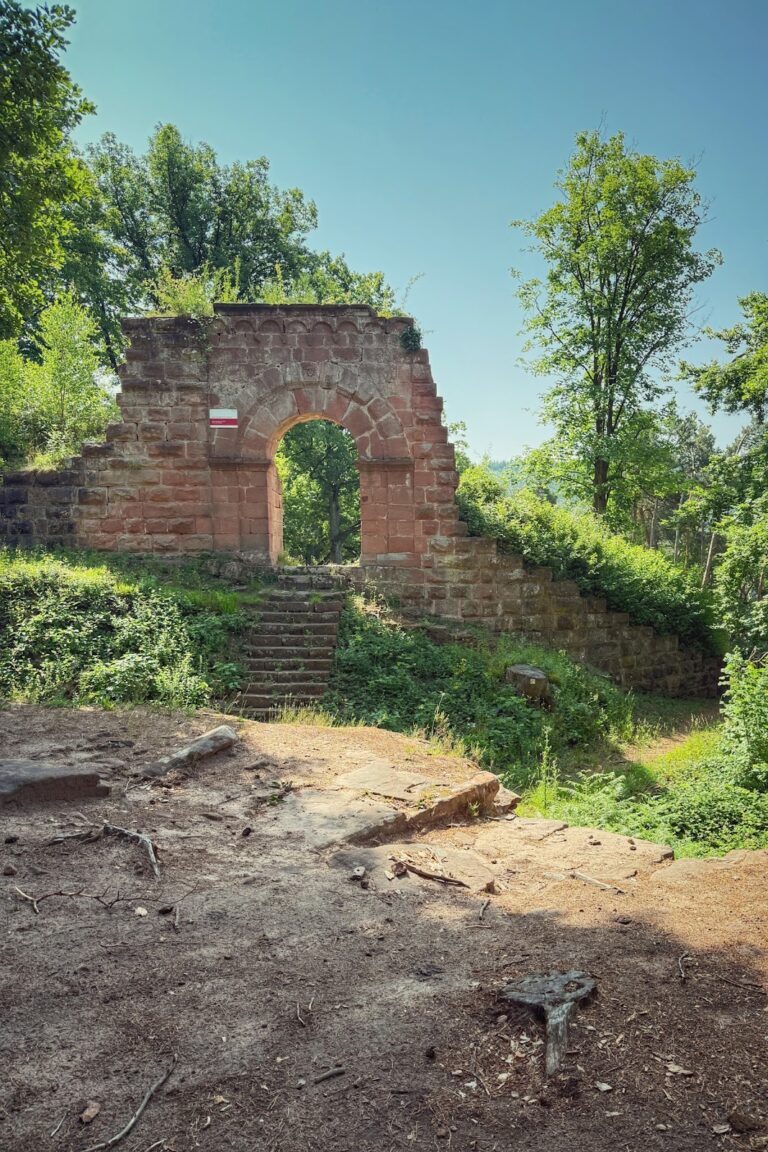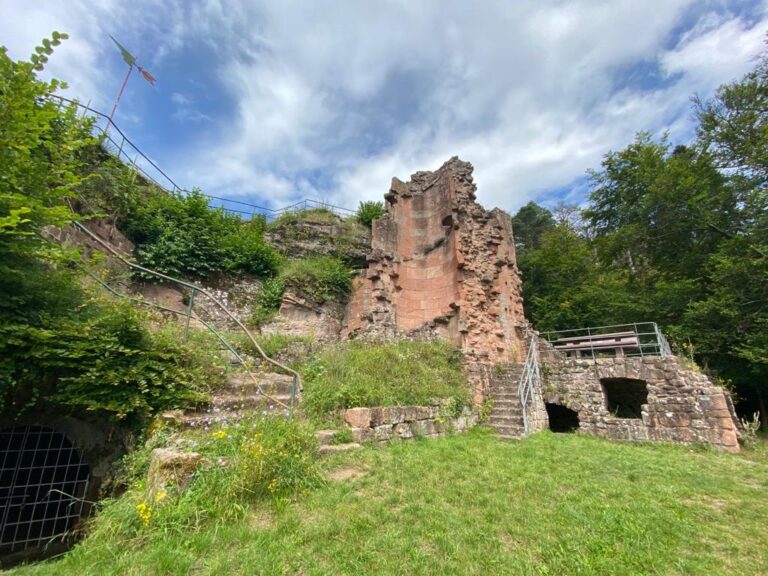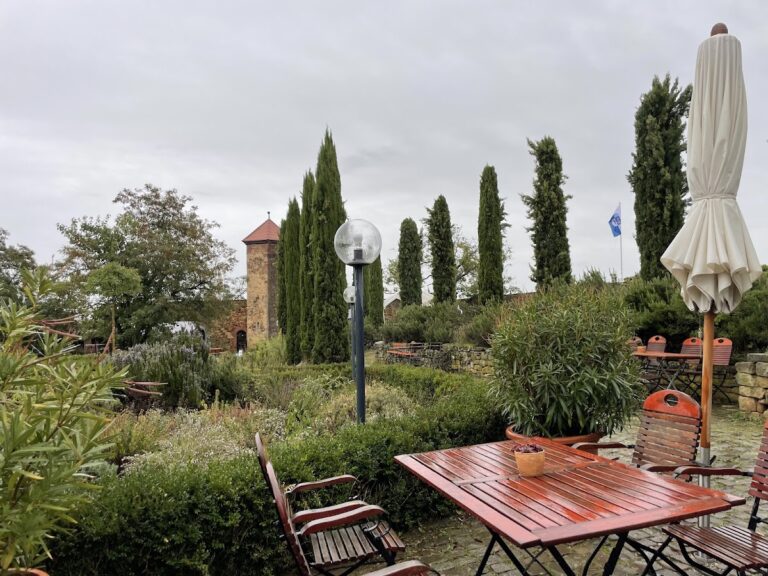Heidenlöcher: A Carolingian Hilltop Refuge Castle near Deidesheim, Germany
Visitor Information
Google Rating: 4.6
Popularity: Low
Google Maps: View on Google Maps
Country: Germany
Civilization: Unclassified
Remains: Military
History
The Heidenlöcher is a ruined hilltop refuge castle situated near the town of Deidesheim in Germany. It was established during the late Carolingian period, around the 9th or 10th century, possibly continuing into the Ottonian era. This place was built by local communities to provide shelter from frequent Norman raiders, who threatened the region during this time.
Constructed likely with the help of corvée labor, where local inhabitants were obliged to contribute work, the refuge served as a defensive retreat rather than a permanent settlement. Despite its importance as a protective stronghold, historical records do not indicate that it faced any violent attacks or sieges. Instead, the castle gradually fell into decay and was abandoned over time.
The name “Heidenlöcher,” which translates to “heathen holes,” appeared only in the 18th century, long after the site had been deserted. This name arose due to the visible sunken depressions formed by collapsed buildings and a mistaken belief linking the ruins to ancient pagan inhabitants. Early archaeological interest began in the 1820s, sparked by local history enthusiasts. Excavations took place in 1907 and 1908 under Friedrich Sprater from the Historical Museum of the Palatinate in Speyer. Initially, Sprater thought the ruins were of Celtic origin, but modern research has since corrected this, dating the site to over a thousand years later.
Today, it is understood that Heidenlöcher may never have been permanently lived in, as archaeological evidence such as the absence of hearths and refuse pits suggest it functioned solely as a temporary refuge. The site is now protected under local cultural heritage laws, ensuring careful management and study of any artifacts found there.
Remains
The ruins of Heidenlöcher reveal the outline of a hilltop refuge castle surrounded by a broad, oval-shaped ring wall. This defensive enclosure stretches roughly 450 meters and covers about 1.3 hectares, which is nearly the size of two football fields. The layout extends approximately 150 meters from west to east and about 100 meters from north to south, following the ridge line of the Kirchberg hill where it stands.
The enclosing wall was constructed from two parallel layers of roughly shaped natural stones, creating a thick, sturdy barrier some 3 meters wide. The wall’s exterior stood about 2.5 meters high, and inside it featured a lower walkway. A wooden palisade once topped the stone wall, collectively making the defensive enclosure at least 3.5 meters tall. Two gates provided access: a northern entrance designed as a zwinger—a small, fortified courtyard between two walls adding extra security—and a southern gate. Outside the wall, a defensive ditch roughly 5 meters wide was reinforced with a wooden palisade fence, further strengthening the site against attackers.
Within these protective boundaries, archaeologists have identified the foundations of approximately 80 to 85 simple, single-story structures. Most of these buildings were pit-houses, which are partially dug into the ground to create a cooler living space, and typically lacked basements. They consisted generally of one room, varying between 10 and 20 square meters in size. Among this cluster of small buildings, one larger structure measuring about 80 square meters is believed to have served as a meeting hall for the community. The walls of these dwellings had irregular angles but mostly rectangular or square bases, layered from dry stone techniques that used rubble and large boulders without mortar. Timber framing and roofing likely covered these sturdy stone foundations.
The site’s interior was organized by a network of narrow alleys. A main path followed the inside of the southern section of the wall, guiding movement through the settlement. Today, the remains present as sunken depressions and stone foundations scattered across the hilltop, showing the outline of this once-secure refuge. No decorative elements, inscriptions, or artifacts such as tools have been recorded, leaving the focus on the structural and defensive features that define Heidenlöcher’s purpose.










